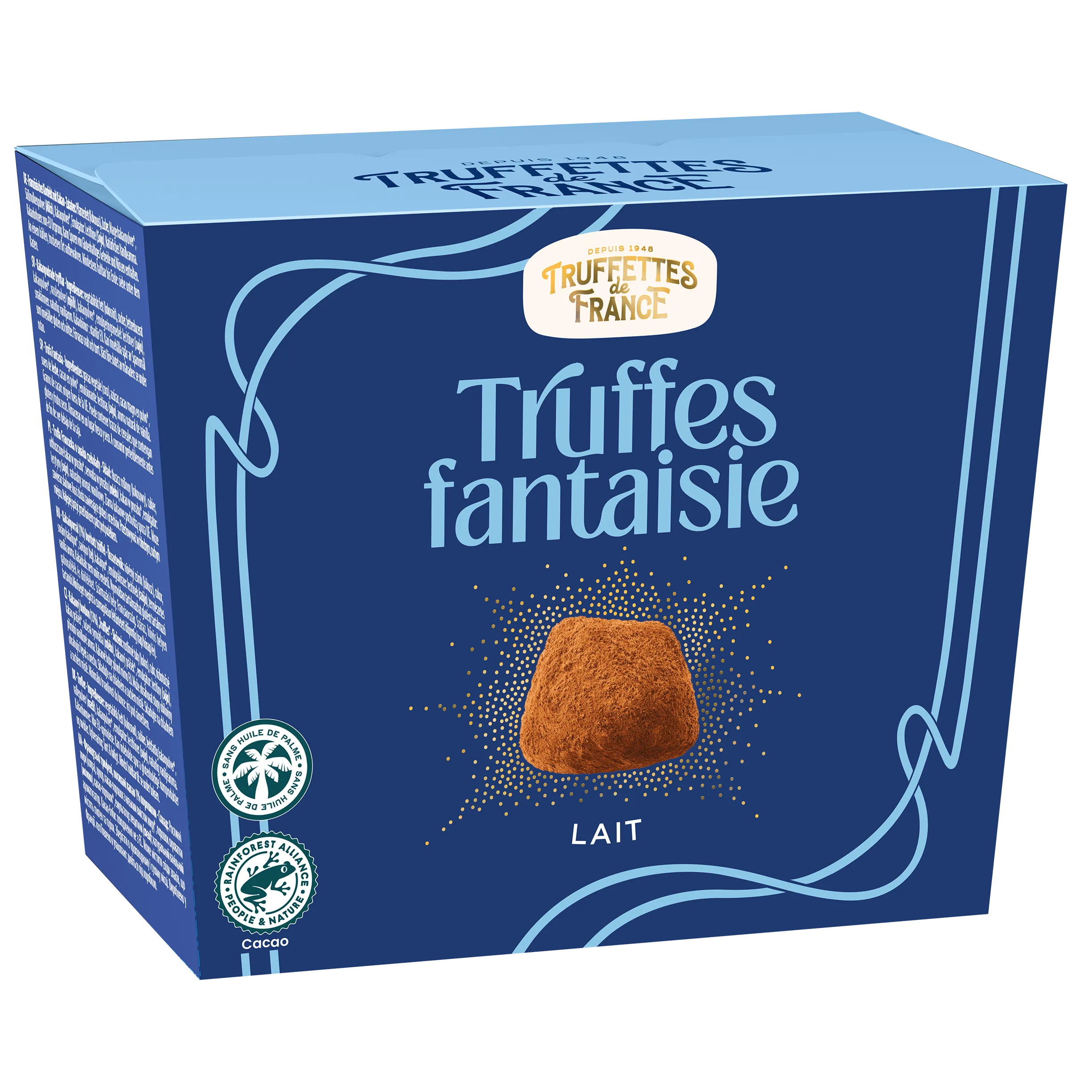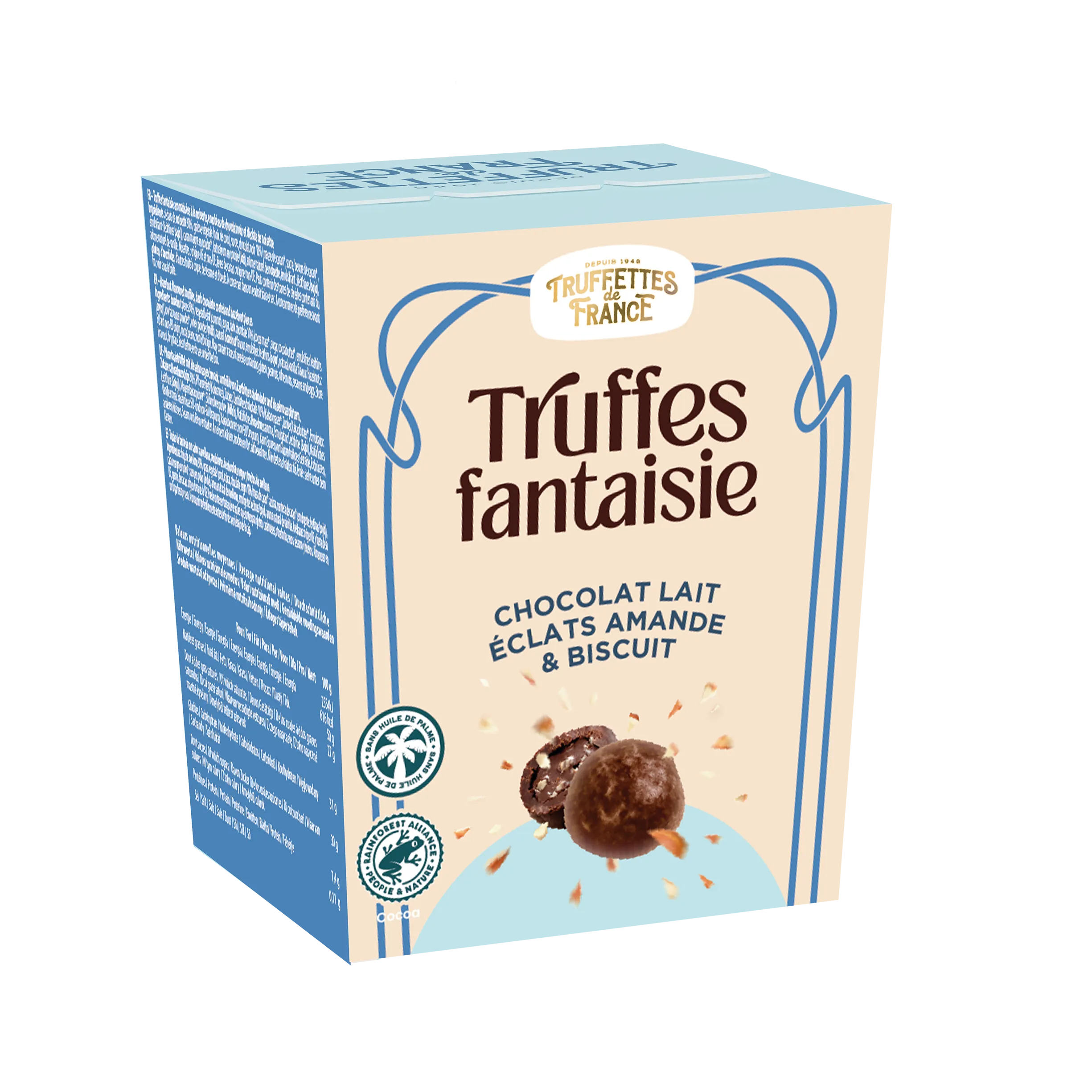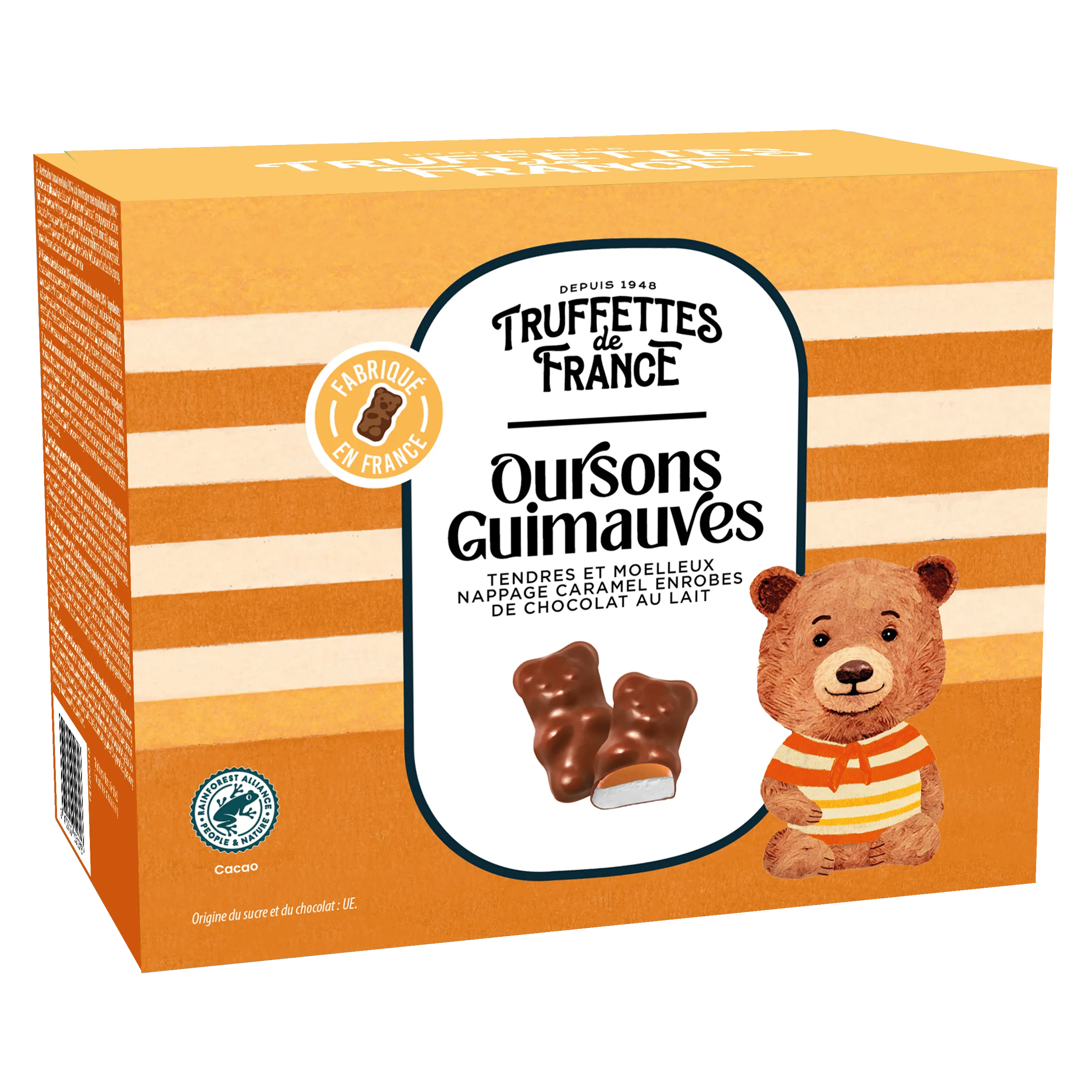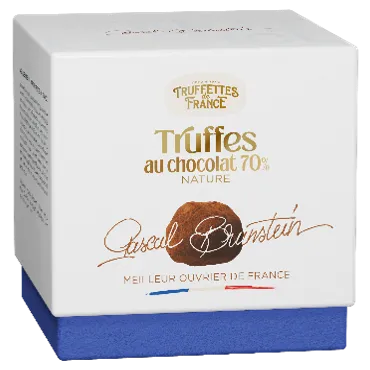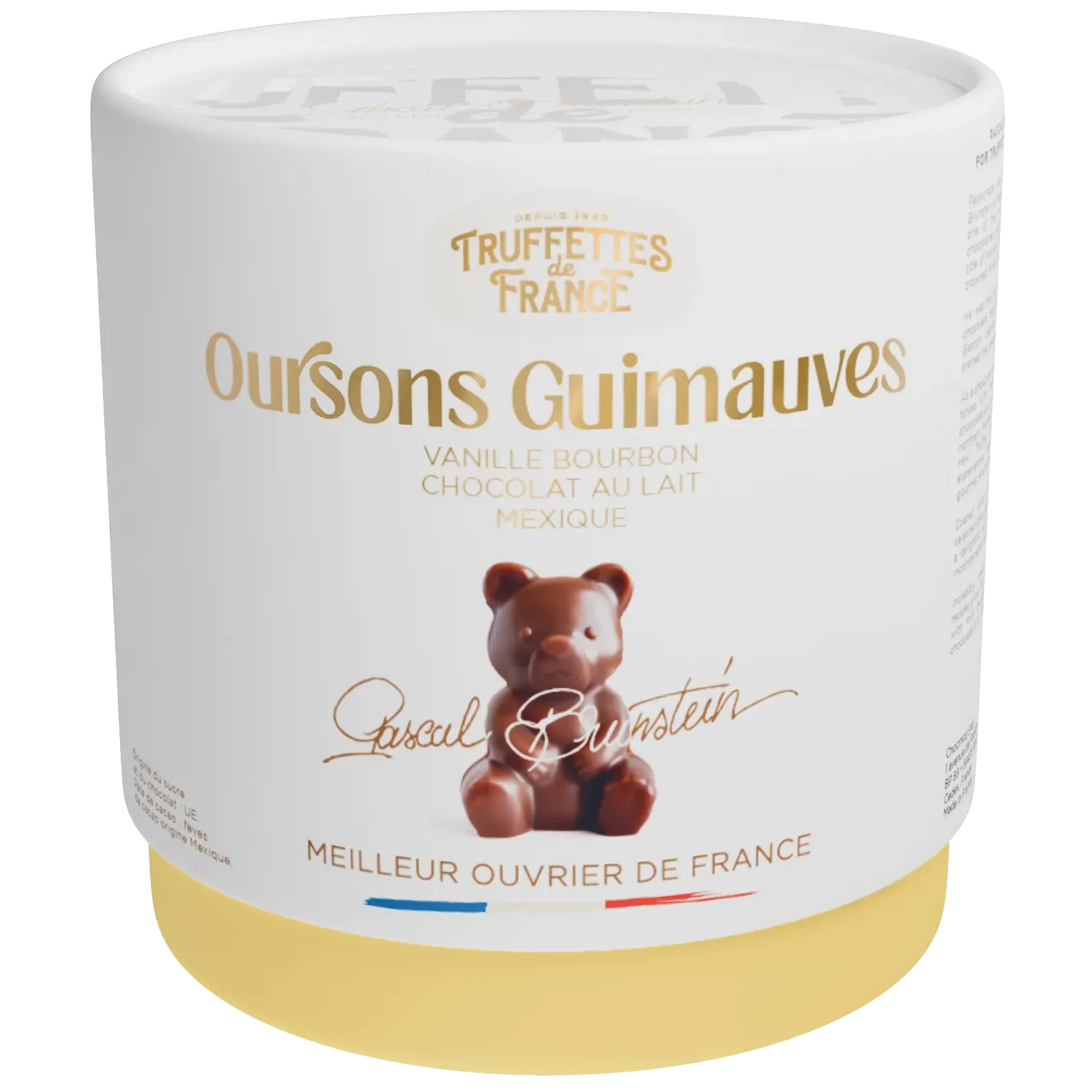Definition : Couverture chocolate
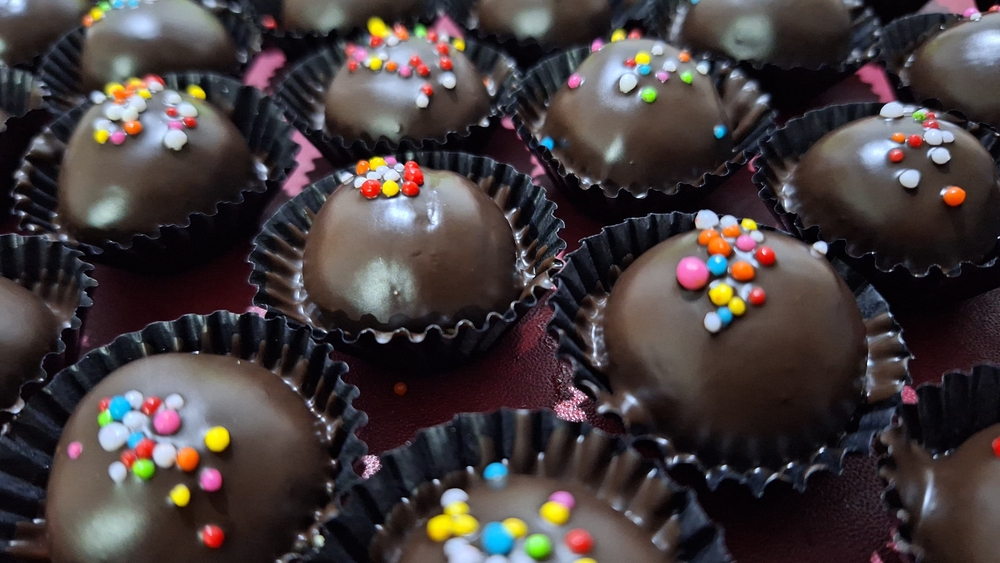
Couverture chocolate is a must-have ingredient for professional pastry chefs and discerning amateurs alike. You may be wondering what makes this type of chocolate so special, and when to use it? This article explores the definition of couverture chocolate, its different types, and some practical tips to magnify your pastry creations.
What is couverture chocolate?
The term"couverture chocolate" refers to chocolate specially formulated to provide a glossy, crisp finish when used as a coating. This type of chocolate is distinguished by its high cocoa butter content, generally over 31%. This high fat content allows the chocolate to melt more easily and gives it a smoother texture, ideal for use in a variety of pastry recipes.
An essential aspect of couverture chocolate is its fluidity. Fluidity refers to chocolate's ability to flow and spread easily, which is crucial in coating and molding techniques. Pistoles - small, rounded pieces of couverture chocolate - are often used because they melt evenly and quickly.
Types of couverture chocolate
Dark chocolate
Dark couverture chocolate is often preferred for its intense, slightly bitter taste, ideal for creations with pronounced flavors. With a cocoa content that generally varies between 50% and 70%, it is perfect for ganaches, mousses or as a coating.
Thanks to its high cocoa content, it is not only delicious but also rich in antioxidants. It offers that magnificent dark color and clean break, characteristics appreciated by gourmets.
Milk chocolate
Milk couverture chocolate combines the benefits of cocoa butter with the sweeter sweetness of powdered milk. Containing between 20% and 40% cocoa, it is less intense than dark chocolate, but still creamy and melt-in-the-mouth. This chocolate is often used for confectionery, decorations and certain pastries where a milky, sweet note is desired.
Its creaminess and light-brown hue make it a popular choice for a variety of gourmet desserts, without being as bitter as dark couverture chocolate.
White chocolate
A little unusual, white couverture chocolate contains no cocoa solids; it is essentially made up of cocoa butter, sugar and milk. Its minimum cocoa butter content must be 20% for it to be considered couverture chocolate. Its sweet, caramelized taste makes it particularly suitable for glazes and ganaches.
It can also be used as a base for adding food coloring, enabling impressive and attractive visual creations. White couverture chocolate lends itself well to sophisticated decorative finishes.
Practical uses of couverture chocolate
The applications of couverture chocolate are varied and depend on the technique employed. Here are a few practical tips:
- Tempering: To achieve good gloss and breakage, it is crucial to temper couverture chocolate correctly.
- Moulding: Use suitable moulds and check the temperature of the chocolate for impeccable demoulding.
- Coating: Dip your sweets or dried fruit into the chocolate, then leave to harden on a wire rack for an even coating.
These techniques make the most of the superior quality of couverture chocolate, for a professional finish worthy of the finest pastries.
Tips for successful creations
When using couverture chocolate, there are several tips that can help you achieve perfect results. For example, using pistoles rather than tablets makes it much easier to melt the chocolate evenly. By gradually adding pistoles to your bain-marie, you avoid burning the chocolate.
Another tip is to always keep an eye on the temperature. A kitchen thermometer is indispensable for mastering the critical tempering stages. For dark chocolate, bring the temperature up to 45-50°C, then down to around 27°C, then back up to 31-32°C for final use. Milk and white chocolate have slightly different temperature ranges, but the principle remains similar.
The importance of choosing the right ingredients
Choosing good-quality couverture chocolate has an enormous influence on the final result. Choose recognized brands to guarantee an optimal experience. Renowned brands such as Barry Callebaut, Valrhona and Weiss offer products specially designed to meet the requirements of professional pastry chefs. These couverture chocolates benefit from controlled processes guaranteeing perfect consistency in both texture and flavor.
In addition to specific brands, make sure that your couverture chocolate contains a high percentage of cocoa butter and, if necessary, natural vanilla, with no artificial additives. This has a direct impact on the fluidity and organoleptic qualities of the finished product.
Suggestions for novices and experts
For beginners
If you're just starting out with couverture chocolate, don't be discouraged by the initial difficulties. Working with chocolate takes patience and practice. Initiate yourself with simple projects such as making chocolate beggars or homemade truffles. These recipes are easy to follow and will help you get to grips with chocolate handling.
You'll also need basic equipment such as a digital thermometer, silicone spatula and polycarbonate molds. These tools will make learning much easier.
For advanced pastry chefs
Advanced patissiers can experiment with more advanced techniques, such as creating molded bonbons, chocolate sculptures or using couverture chocolate for marbled effects. Exploring new textures and flavor combinations with milk and white chocolate can also open up new culinary perspectives.
Working with spicy or fruity fillings, including feuilletine chips or playing on contrasts of temperature and texture are all avenues to explore to broaden your pastry skills with couverture chocolate.
Couverture chocolate remains a major asset in patisserie thanks to its exceptional quality and versatility. Whether you're a novice or an expert, this ingredient enables you to sublimate your creations and impress your guests. Apply the appropriate tips and techniques to discover the full potential of couverture chocolate and enrich your culinary preparations.

